Long known as a mass manufacturer of bicycles for many other big-name brands, Merida has been increasing the focus on its own brand of bikes over the past 15 or so years. With the R&D team based in Stuttgart, Germany, Merida’s new range of mountain bikes has taken a substantial leap forward over previous models, and the wave of positive reviews that have followed have helped establish the brand name in the forefront of more mountain biker’s minds.
The main turning point for the brand began with the latest One-Twenty trail bike that was launched at the 2015 Eurobike show, followed by the release of the all-new carbon fibre Big Nine and Big Seven hardtails, which turned heads with their sub-900g frame weights. For the fun-lovers there was that kickarse Big Trail hardtail, and more recently, the completely redesigned and enduro-capable One-Sixty, which we’ve got in for review right now. With loads of positive progress being made by the new range, Merida still had one noticeable hole in the lineup left to fill however. And filling that gap for 2018 is the all-new One-Forty.

Slotting in between the 120mm travel One-Twenty and the 160mm travel One-Sixty, the One-Forty is designed as a mid-travel trail bike with 140mm of travel and 27.5in wheels. It replaces the current One-Forty model with an all-new 1x specific frame, a new suspension design, and contemporary geometry that draws heavily from the bigger One-Sixty enduro bike. Along with an up-to-the-minute parts spec that includes wide rims, 2.6in Maxxis tyres and a stealth-routed dropper post, it sits in the Merida lineup as the people’s trail bike.
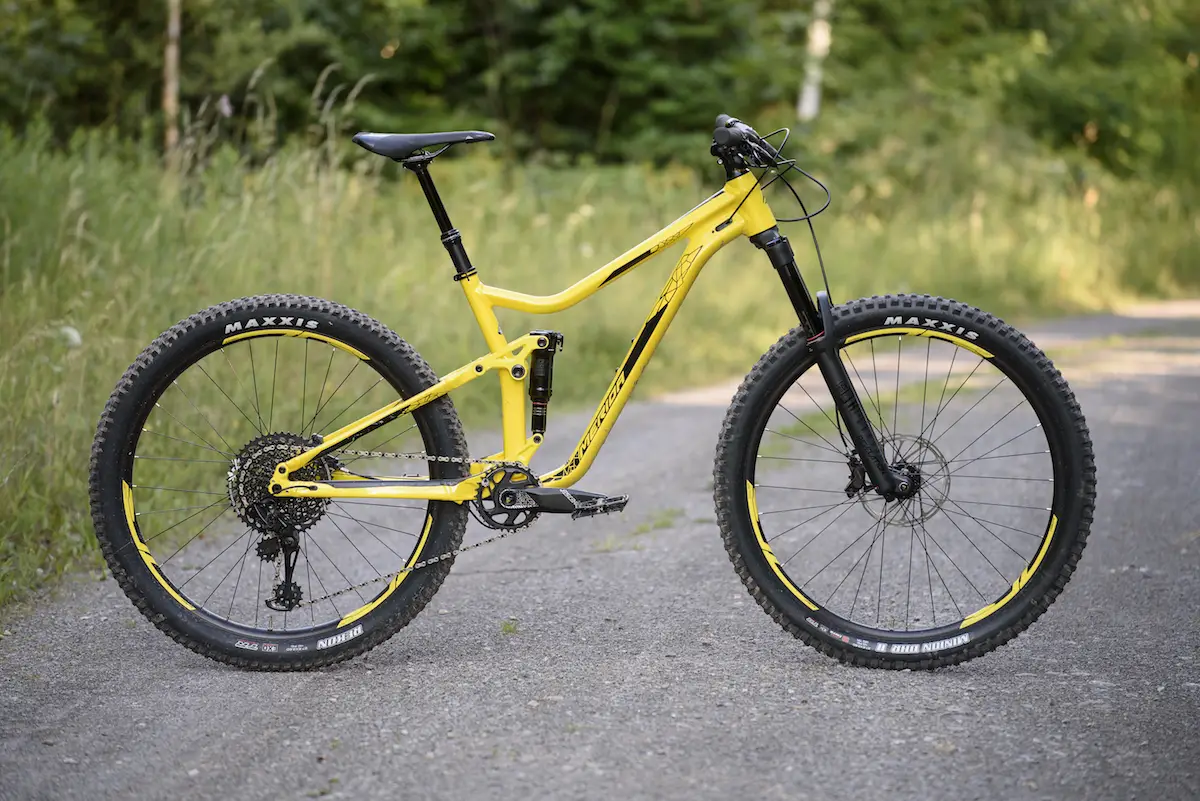
Merida One-Forty Features
- Mid travel full suspension trail bike
- 6013 hydroformed alloy frame
- 140mm rear travel
- Float Link suspension design
- RockShox Deluxe RT DebonAir shock
- 27.5in wheels
- Max tyre clearance: 2.6in
- Designed for 150mm travel forks
- 66.3° head angle
- 75° seat tube angle
- 435mm chainstay length
- Boost 148x12mm thru-axle
- PF92 bottom bracket shell
- Internal cable routing
- Sizes: Small, Medium, Large & X-Large
- Claimed frame weight: 2.95 kg (6.49 lbs)
- RRP: Starting from £2200
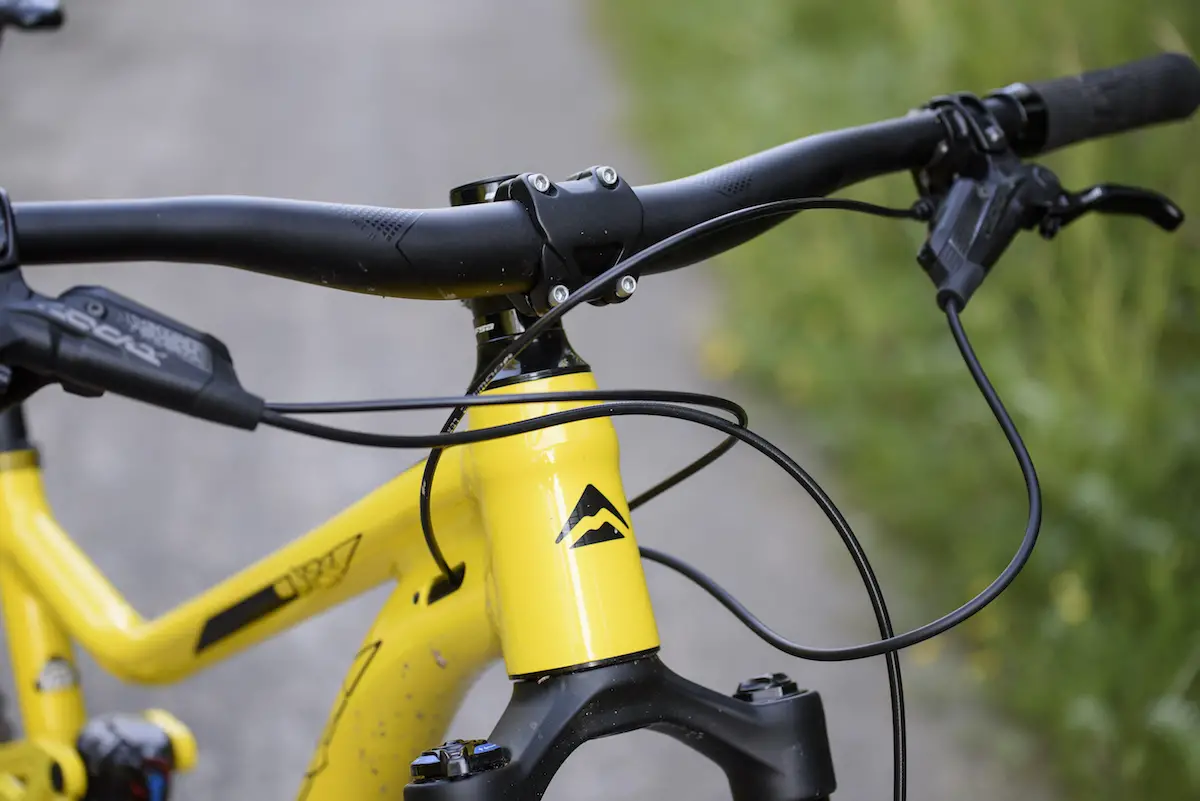
The Bike
For 2018, the One-Forty will only be offered with an alloy frame. Merida hasn’t yet committed to a carbon frame, as the team is unsure whether the market is ready for it to launch a higher-priced trail bike option. Time will tell we suspect. Despite it not being made of plastic-fantastic though, the One-Forty frame is a well-crafted piece of kit from one of the world’s biggest and most experienced aluminium bike makers.
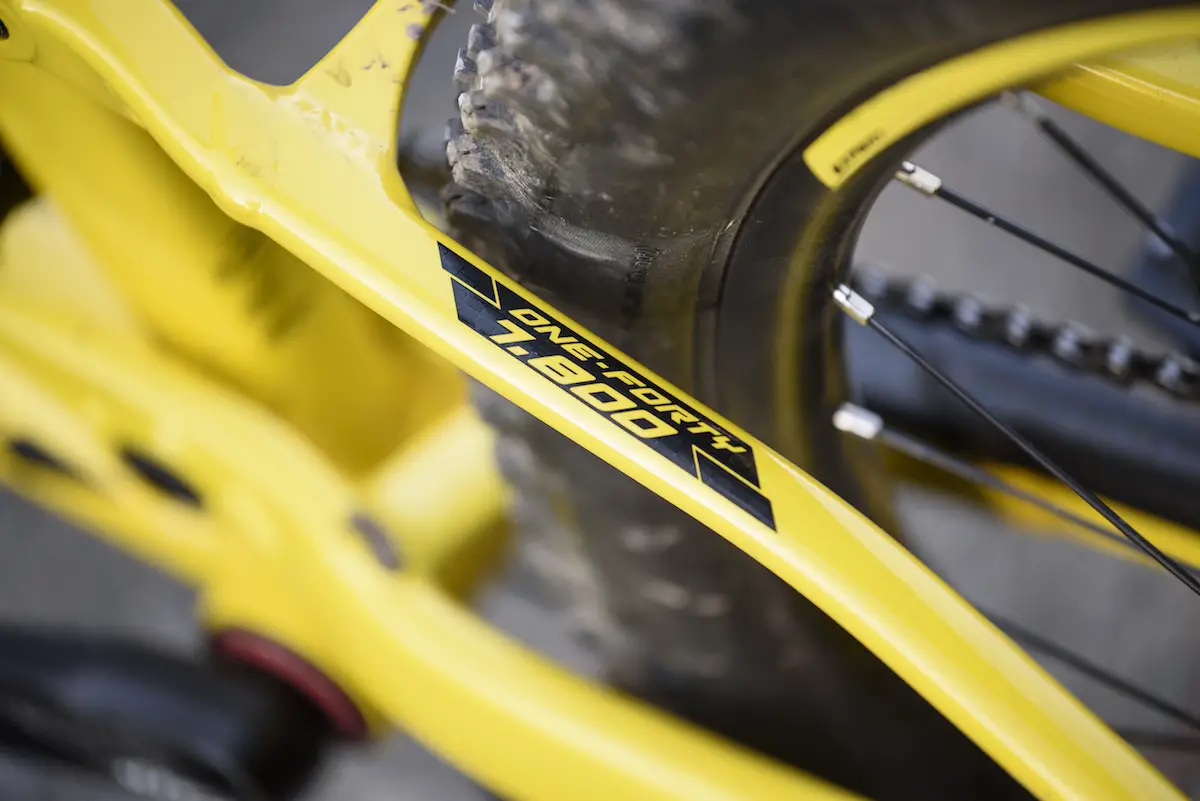
Built from hydroformed and welded 6013 alloy tubes, the One-Forty frame is – in essence – a shrunken down version of the current One-Sixty. It’s got all the mod-cons such as a PF92 bottom bracket, Boost 148x12mm dropouts and a tapered head tube, though there’s loads of other details throughout that have been carefully considered to improve functionality without being implemented just for the sake of it.

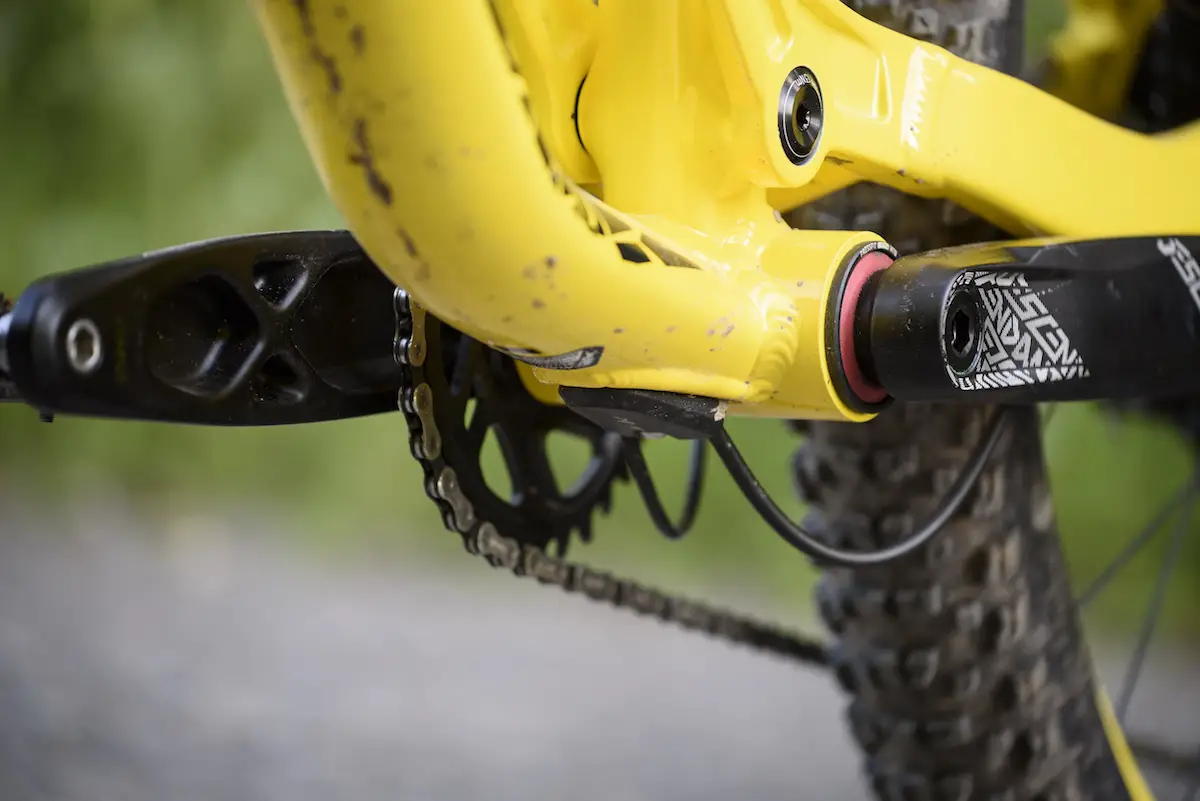
The internal cable routing is very tidy, with alloy ports behind the head tube clamping down on the cables to keep them tight and rattle-free. The ports are swappable, so you can configure the routing for a euro or moto brake setup, and a large exit port underneath the downtube is designed to make routing and general cable maintenance significantly easier. The rear thru-axle is Merida’s own design, and uses a large wind-up handle to provide simple removal and installation with the ability to be repositioned at any angle required.
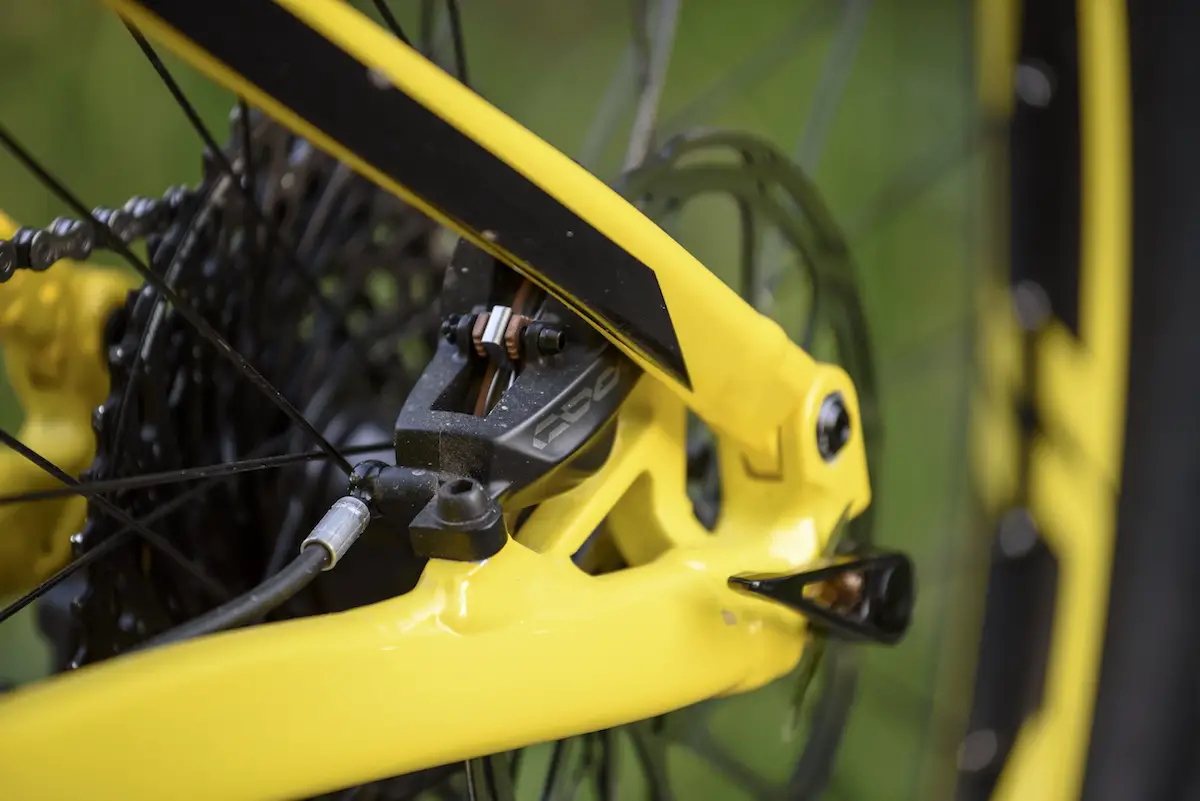
Merida has designed the One-Forty to be 1x only, and that’s allowed them to keep the chainstays relatively short at 435mm, despite having clearance for substantial 2.6in wide rubber. The rest of the geometry numbers are quite progressive, and especially so for a conservative brand such as Merida. The head angle sits at 66.3°, while the seat tube angle is 75°. Reach on our Medium test bike is 435mm, and that grows to 455mm for the Large, and 475mm for the Extra Large. Not Mondraker/Geometron long, but right on the money for a playful do-it-all trail bike.
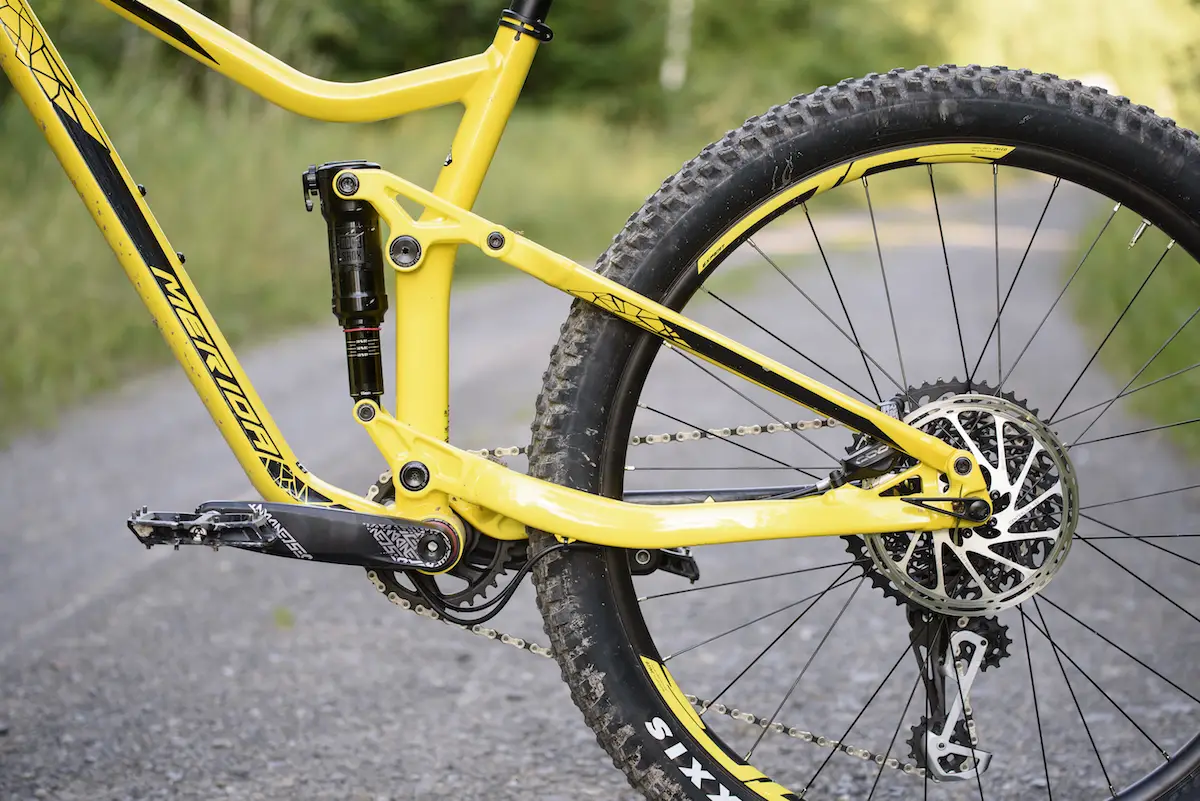
Suspension travel at the rear remains at 140mm, though the design is completely different to the previous One-Forty. It’s fundamentally a single-pivot suspension design, with a forged and welded rocker link driving the rear shock. Merida has spec’d a trunnion-mount RockShox Deluxe shock to watch over the One-Forty’s back end, and the shock ‘floats’ in between the linkage, with the lower mount bolting onto the extended chainstay tube. This design offers increased tune-ability of the bike’s suspension kinematics, which in Merida’s case is oriented to provide a slightly progressive spring curve that features 11% progression overall.
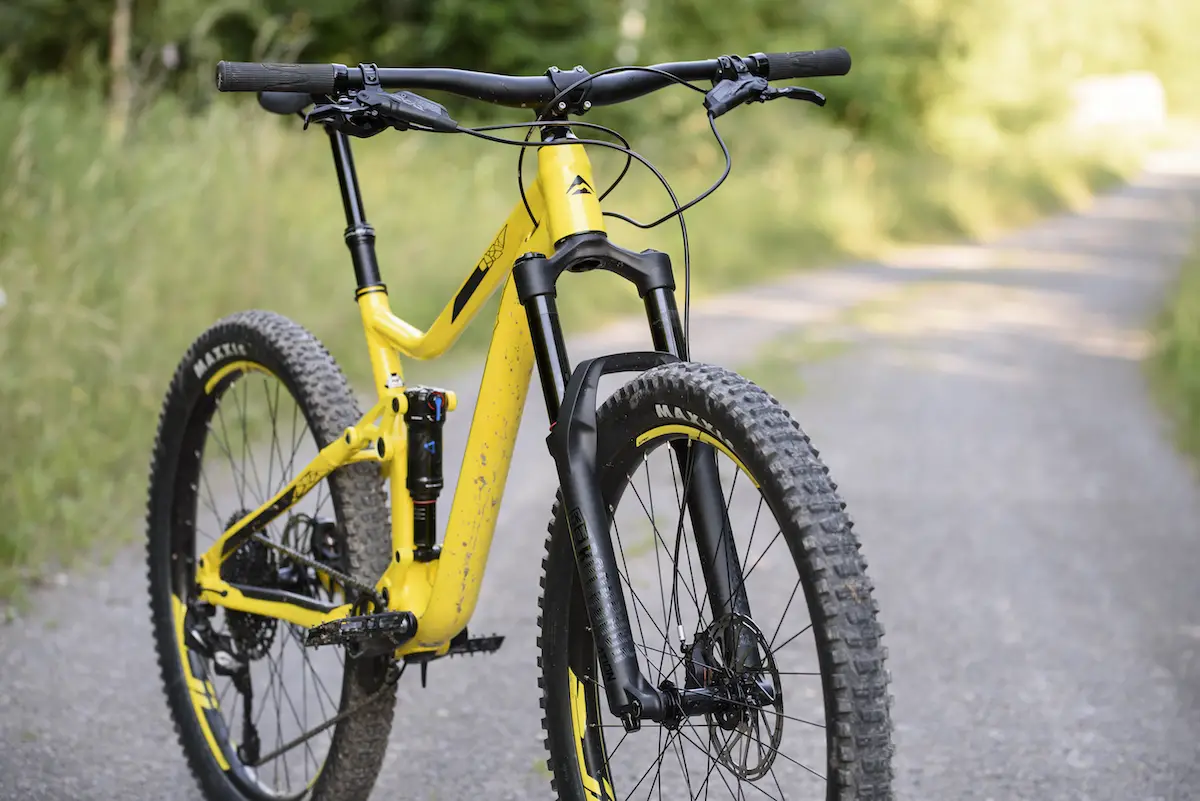
Up front is a 150mm travel fork, which in our case is the new RockShox Revelation model that uses a chassis derived from the latest Pike. With 35mm diameter stanchions and chunky magnesium lowers that are locked down via a 15x110mm Maxle Stealth tooled axle, it’s a terrific addition to the One-Forty package. Inside the Revelation is a motion control damper with adjustable rebound and compression damping, as well as the new DebonAir spring for smooth sliding.
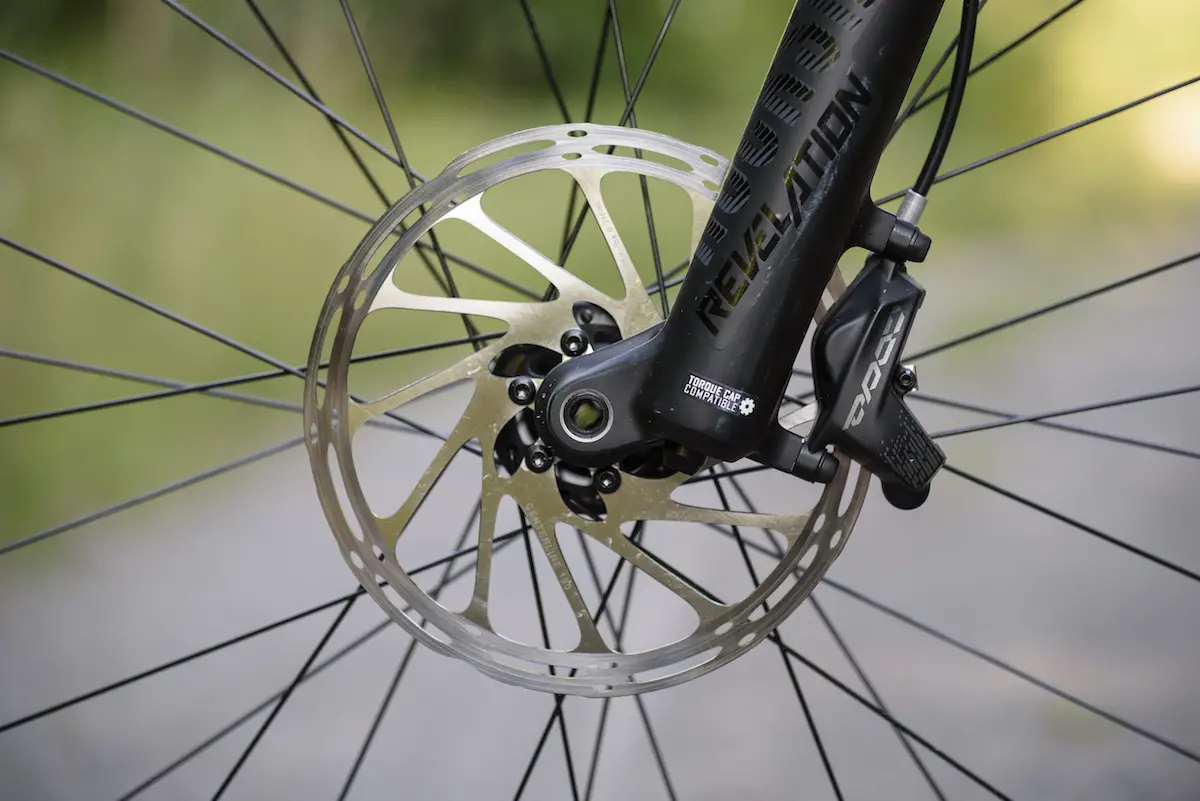
The spec that we’ve been riding is the top of the range One-Forty 800 model. Highlights include the powerful SRAM Code R disc brakes, hookless tubeless ready rims with a 29mm internal width, and the lovely KS Southpaw dropper post lever.
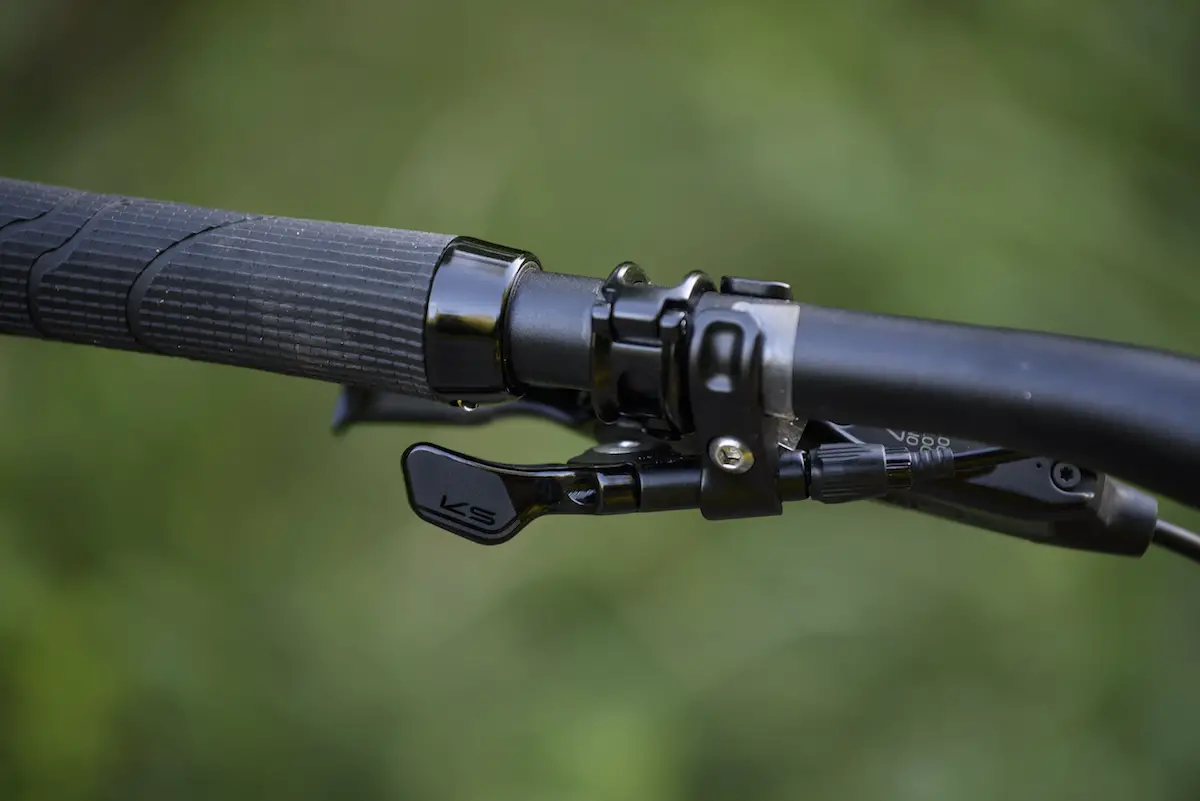
Starting at £2200, there are two models that sit beneath this one, though impressively all bikes feature the same alloy frame, a RockShox Deluxe rear shock, Merida Expert TR rims, 2.6in wide Maxxis tyres, 1x drivetrains and an internally-routed dropper seatpost. Each One-Forty model also gets 180mm rotors via direct mount brake callipers front and rear.
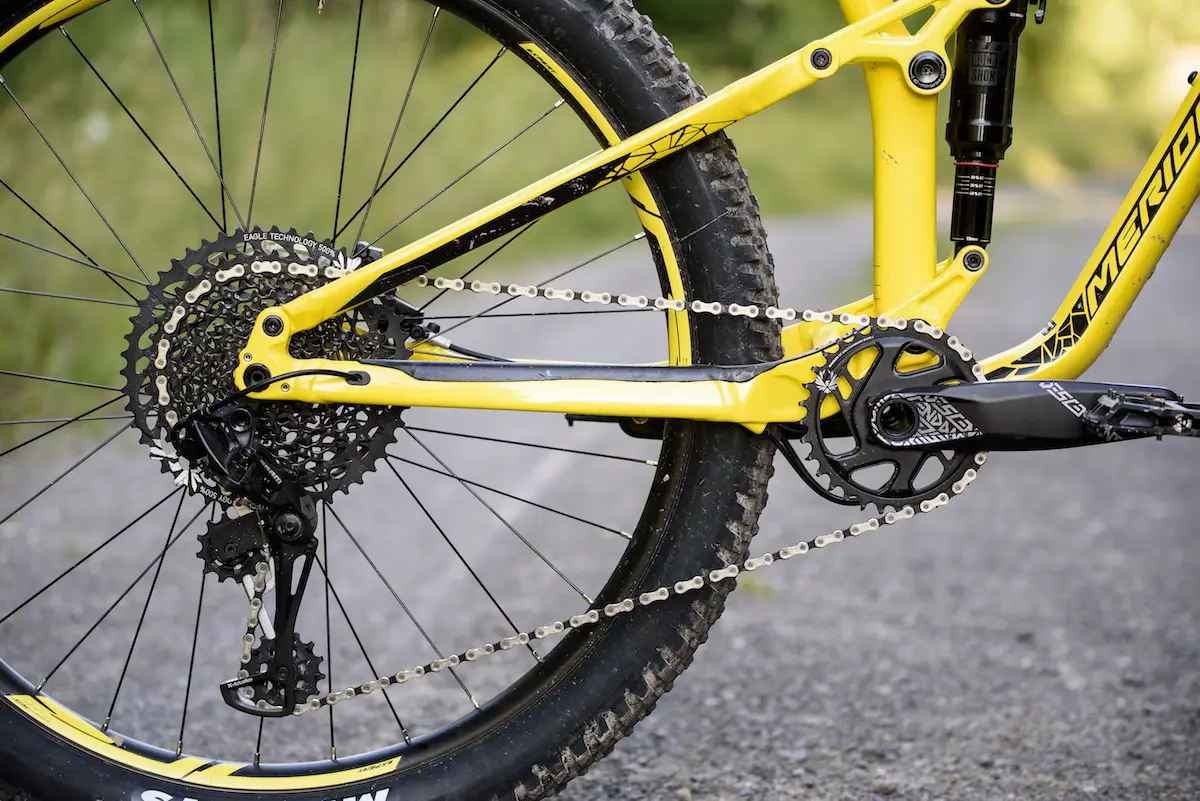
Both in appearance and in weight, the One-Forty 800 is a chunky beast. Weighing in at 14.45kg (31.79lbs) there is certainly room for upgrades and lowering the overall weight, but Merida ensured that functionality wise, this would be a bike built for proper hard riding. Think of it as a tough trail bike, rather than a long-legged XC bike.
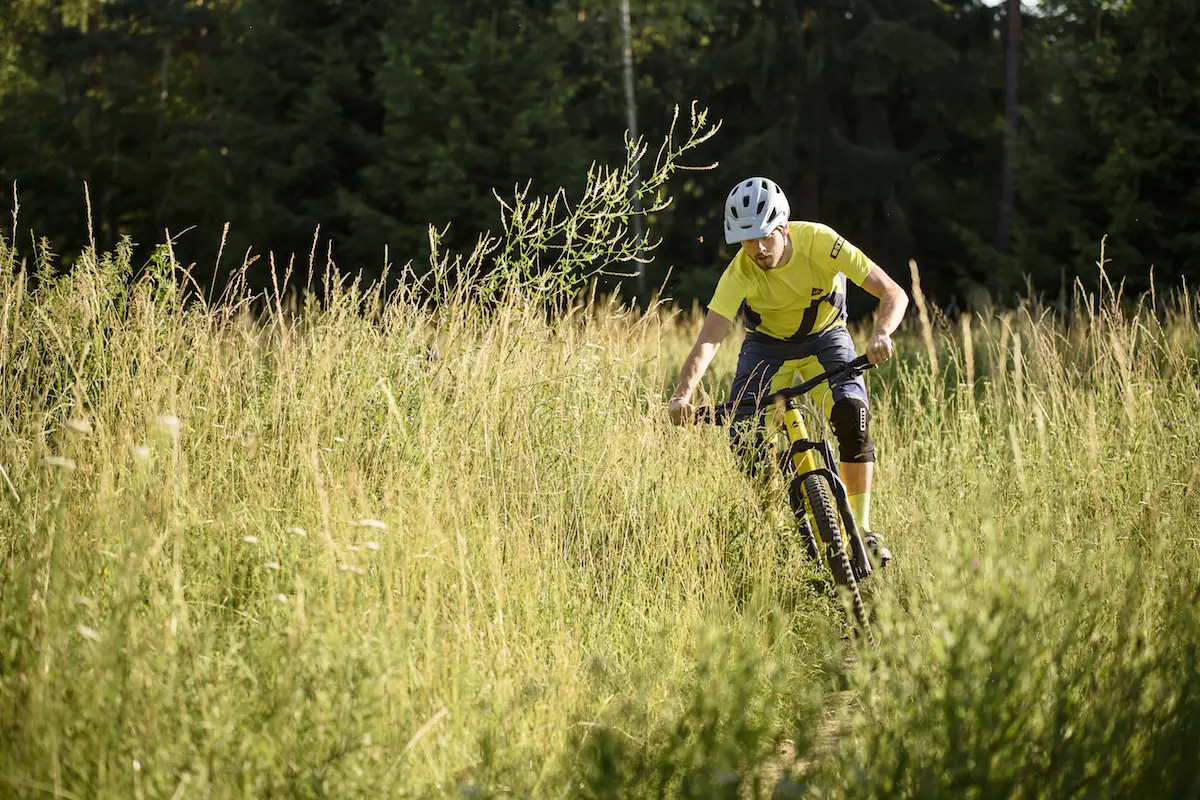
To discover what the One-Forty is all about, we paid a visit to Merida’s R&D headquarters in Stuttgart Germany. While we were there, we took a tour through the design room, the test lab, and Merida’s in-house workshop to get a closer look at the development behind the One-Forty and other new models such as the One-Sixty. Following our factory tour, we grabbed a bunch of brand-spankin’ test bikes and hit a local trail network to put fresh rubber to dirt. Read on for our first impressions of the new Merida One-Forty.

The Ride
There will be four frame sizes available in the new One-Forty platform, though each size is built around a 45mm long stem and 760mm wide handlebars. I tested the Medium size, and while the cockpit doesn’t feel mega long, I got along with it very quickly after dropping the stem down one spacer. Also appreciated is the curved top tube, which allows for loads of standover clearance for surprise dismounts.

The thin lock-on grips deserve a special mention for their tapered shape and traction-heavy tread pattern, and there’s no outer locking collar, so the rubber grip covers each tip of the handlebar for those who run their hands as wide as possible.
For suspension setup, Merida recommends 30% for the rear shock. The RockShox Deluxe shock comes fitted as stock with two out of three Bottomless Token volume spacers. For lighter riders looking to access all the travel, a token can be removed, while heavier and more aggro riders can add a token to increase ramp-up. Due to our limited time with the new One-Forty, I didn’t have time to experiment with tokens, though to be honest the rear suspension felt so good from the get-go that I’m not sure I’d bother anyway.
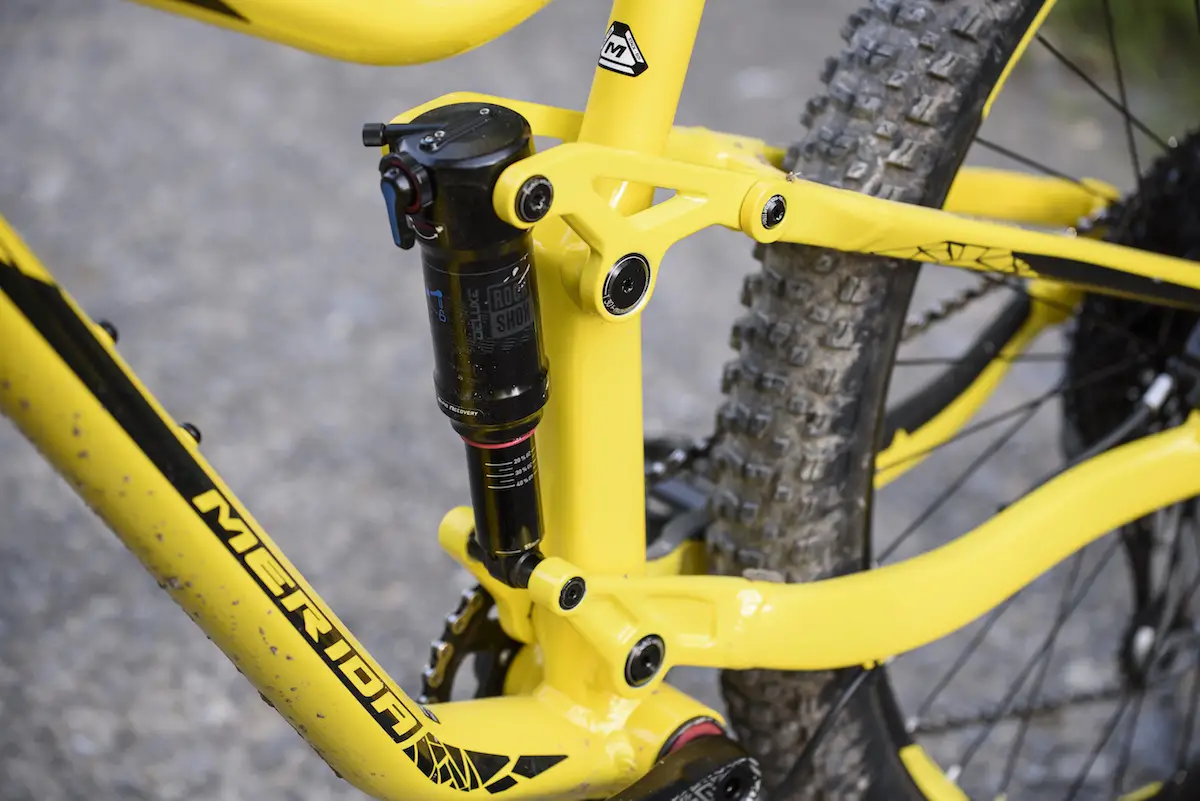
Indeed at 30% sag (130psi for my 70kg riding weight), the Float Link suspension feels very supple off the top. The sealed bearing trunnion mount helps no doubt, as does the excellent Deluxe rear shock, and together with Merida’s Float Link design, the One-Forty eases into its sag point with minimal resistance. Combined with the 2.6in wide Maxxis Rekon rear tyre, the smooth suspension and low-pressure tyres help to absorb trail debris, while offering good traction on the steeper climbs.
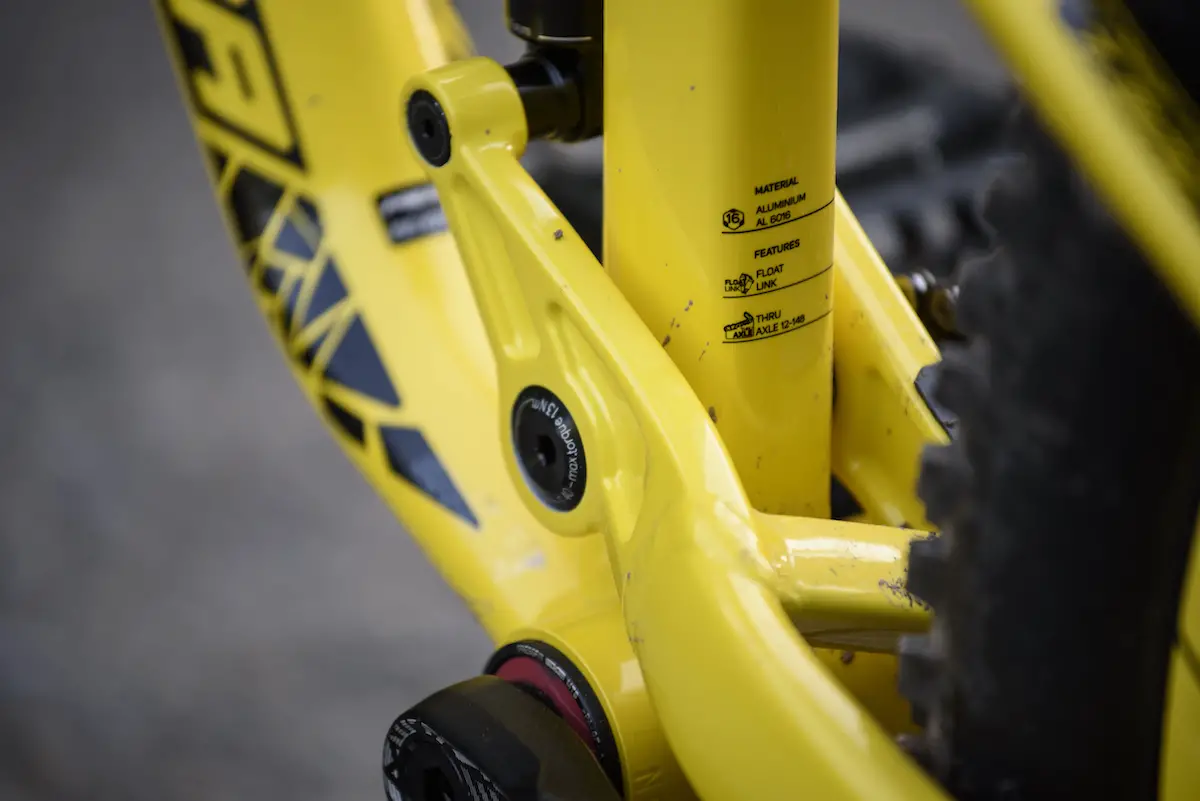
Progression to the rear travel is excellent. Despite using full travel on several occasions, I never once felt the rear shock bottom out. Much of this has to do with the Float Link suspension design, which sees the lower shock mount rotate away from the rocker link as it passes through the travel, therefore making the most of those last few mm’s of travel.
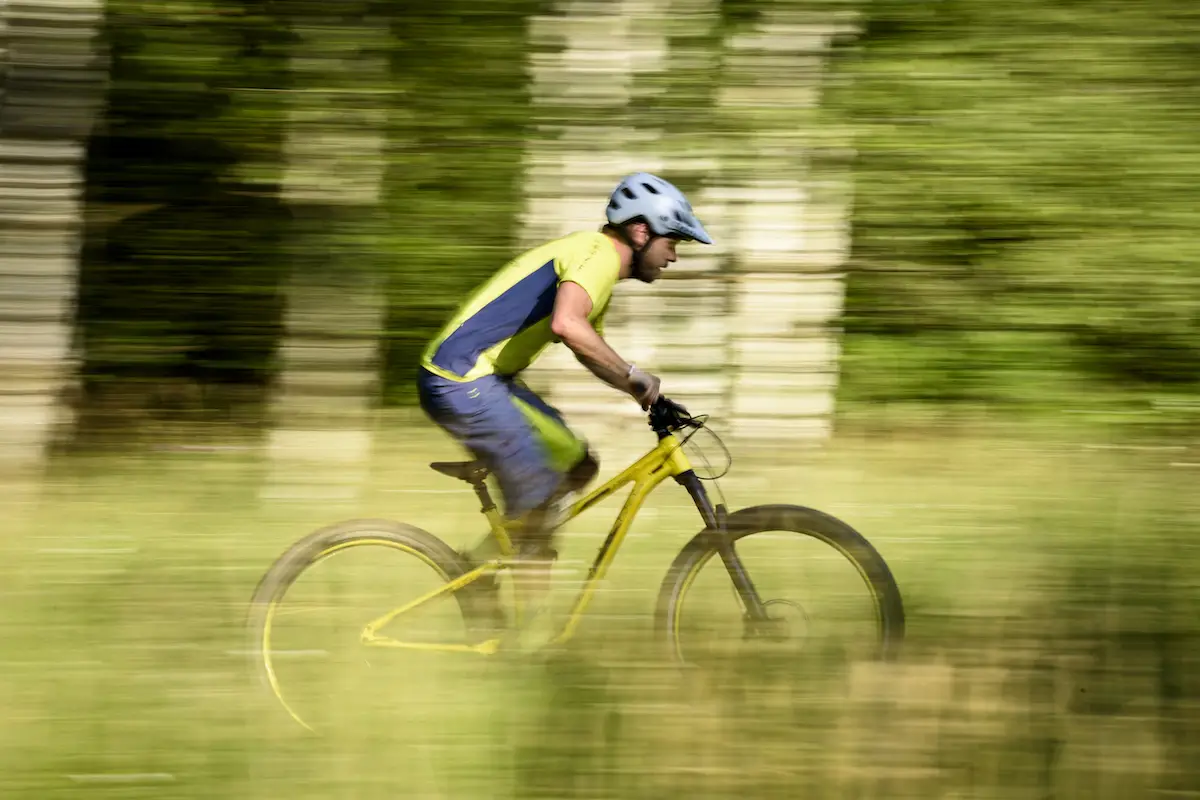
Pedalling is also very good. Admittedly the One-Forty has some mass to it, and the chunky rubber won’t see it winning any races, but I was pleasantly surprised with just how well the bike responds to hard pedalling inputs when you really want to make a move on the trail. Click up a couple of gears and get on the gas to sprint into a corner, and the bike tightens up to promptly propel you forward with little lag. Of course more laboured mashing on the pedals out of the saddle with a heavy and low cadence will see the supple rear shock diving into its travel, but sit and spin along the trail, and you won’t notice a whole lot of bobbing.
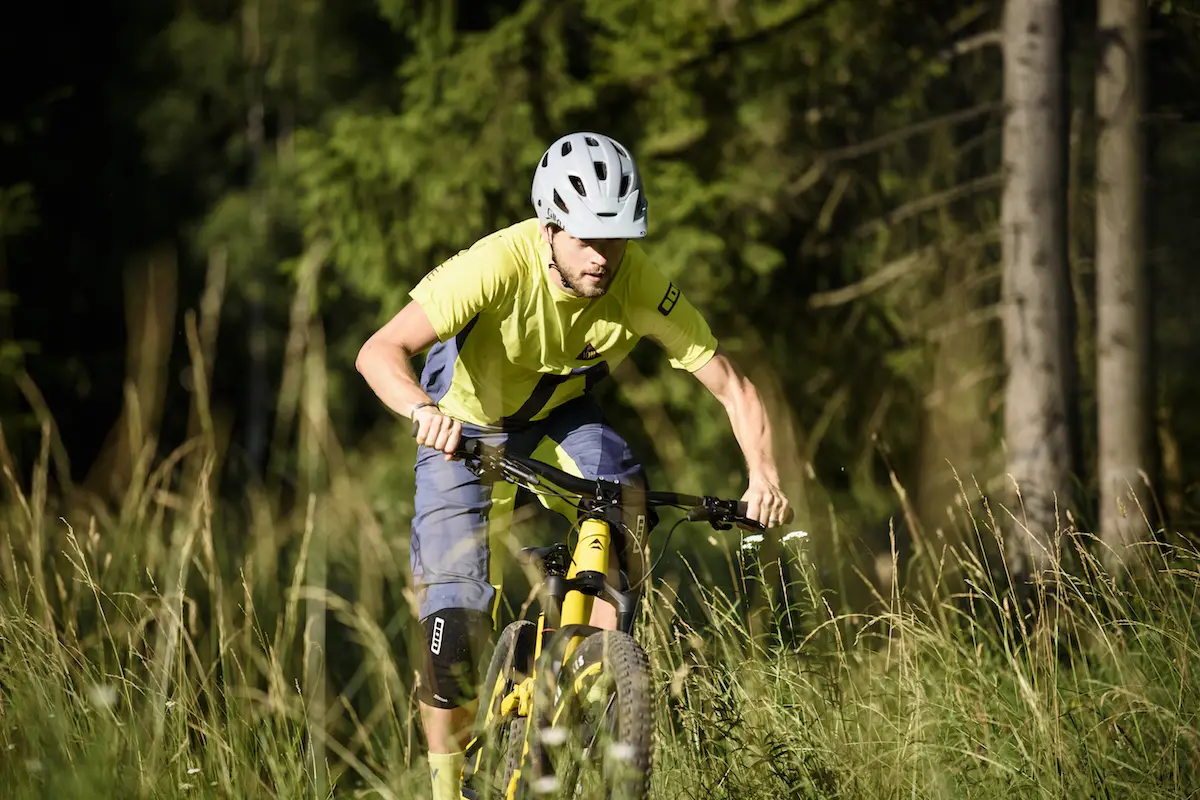
With the main pivot sitting right in line with the 32t chainring, Merida has built the One-Forty with relatively neutral anti-squat and pedal kickback values, as it wanted to establish a balanced feel to the back end without biasing a certain characteristic over all else. However, despite the balanced feel, the One-Forty definitely sharpens up under power, which can likely also be attributed to the short ‘n’ stiff chainstays that provide a direct line from the main pivot to the rear hub.
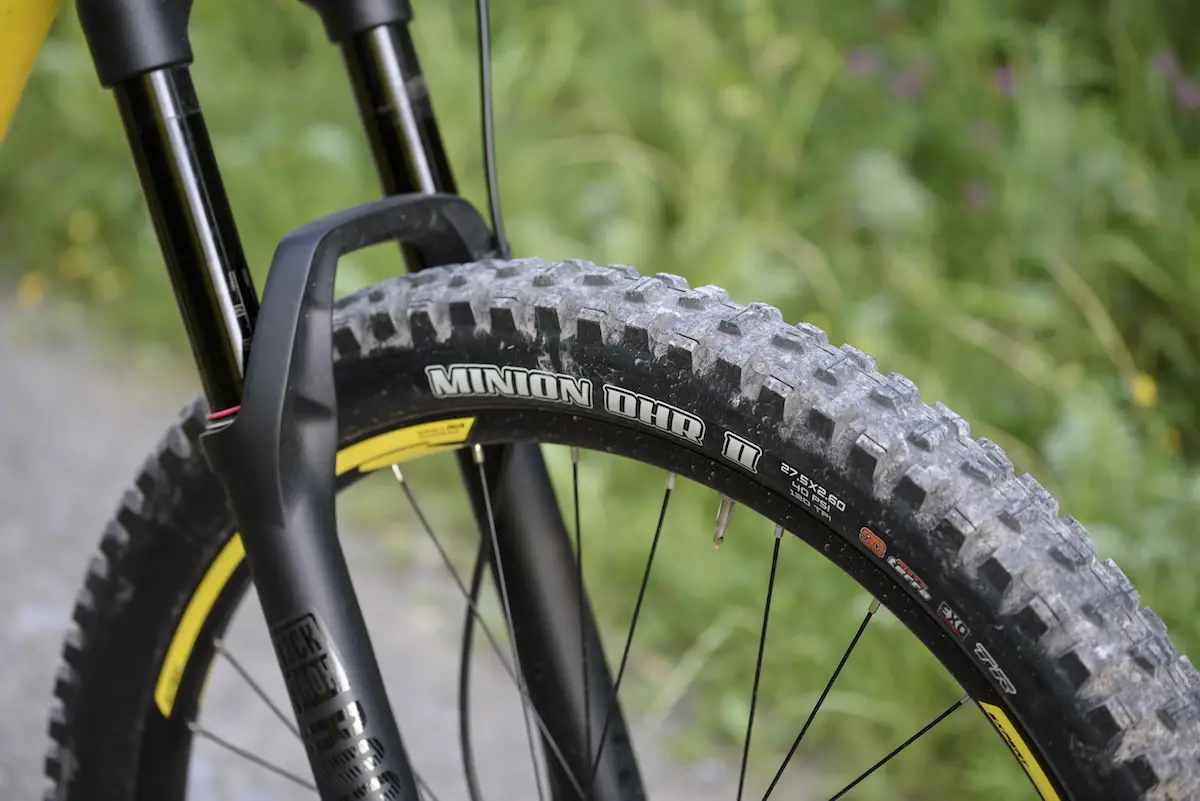
Thanks to the semi-plus tyres, cornering grip out of the One-Forty chassis is addictively good. Unlike bigger 2.8in and 3.0in wide plus tyres, there’s sufficient sidewall support to the EXO Maxxis tyres so that they don’t squirm and slide under you, while the aggressive Minion DHR II tyre up front is possibly one of the stickiest tyres I’ve ever ridden. With masses of braking and cornering traction, it makes riding challenging trail features and loose surfaces that much more achievable aboard the One-Forty. In comparison, the dual-compound Rekon tread offers lower rolling resistance for the rear tyre, and a slightly easier breakaway for when you need it. That said, it was still darn sticky on the loamy trails we tested the bike on, so you really have to push hard to get the bike to drift.
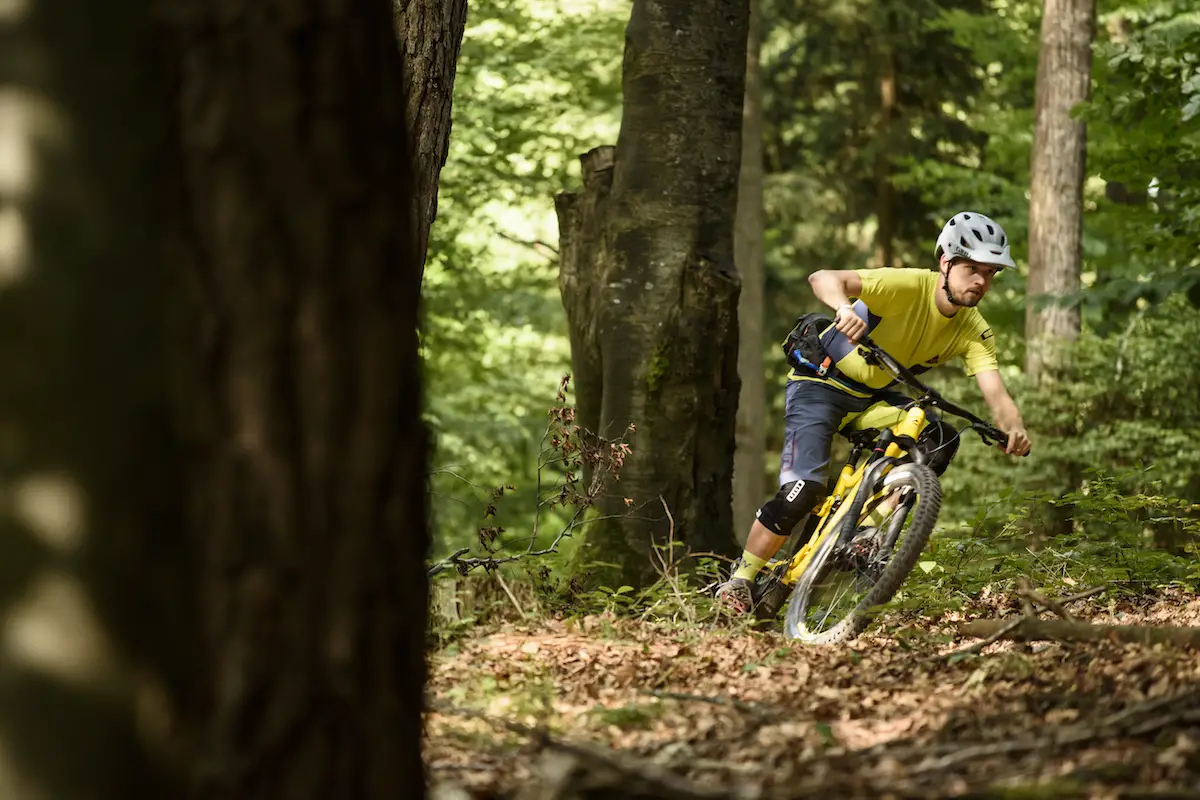
Pumping and popping along the rooty test track, the One-Forty delivered a certain agility that bigger-wheeled and longer-travel bikes struggle to achieve. Part of this is thanks to the smaller 27.5in wheels, sure, but credit must also be given to the combination of the steady geometry, excellent suspension, and taut chainstays. It’s got a great fun-loving attitude that makes you want to carve into the corners and pop out of the exit, and because it isn’t massively long or burdened with larger diameter hoops, it’s quite happy changing direction when you need to bank it from a left to a right-handed corner. There were several scenarios where I didn’t think I’d make the 3rd or 4th turn in a sequence, but the One-Forty managed to make the apex each time.
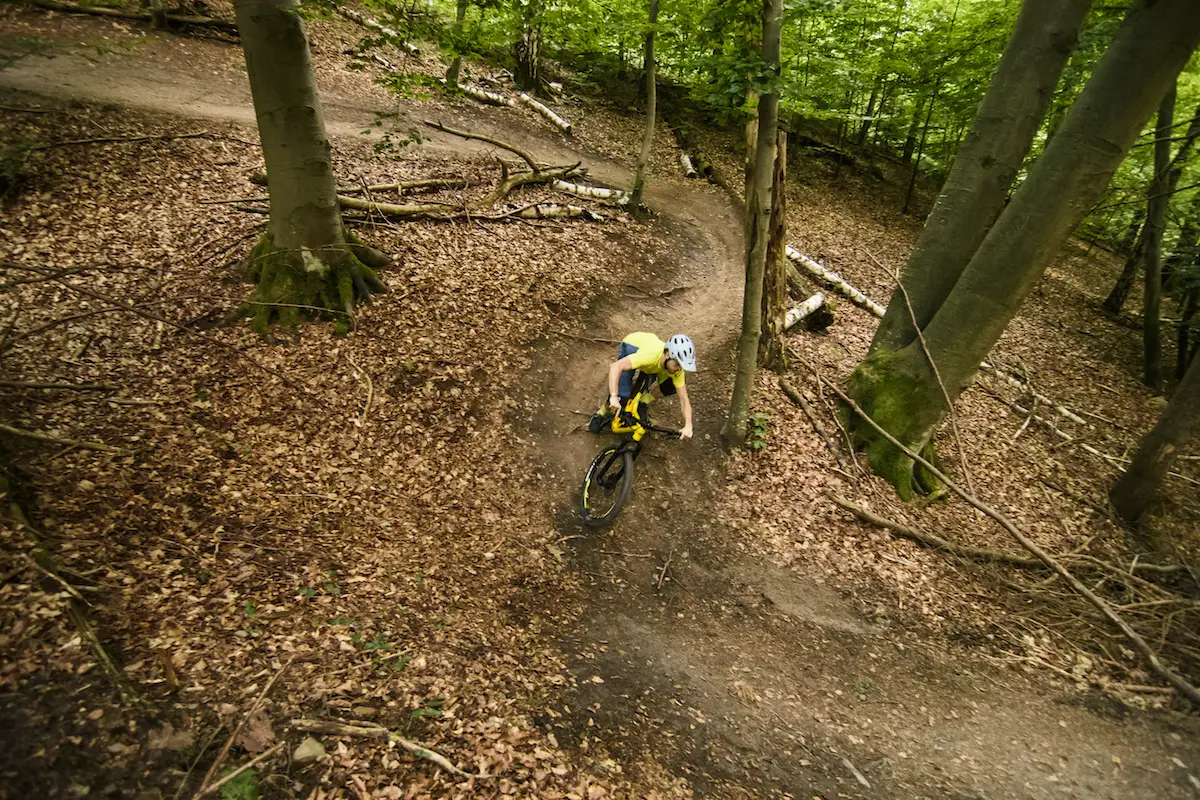
For barrelling back downhill, the slack head angle and Revelation fork keep the front wheel tracking at speed, while the supple suspension takes on the surprise knocks and off-camber hits. It’s got good stability at speed, and there’s a strongly damped feel to the steering courtesy of the large front tyre contact patch that allows the bike to self-correct it’s steering without you having to wrestle the bars.
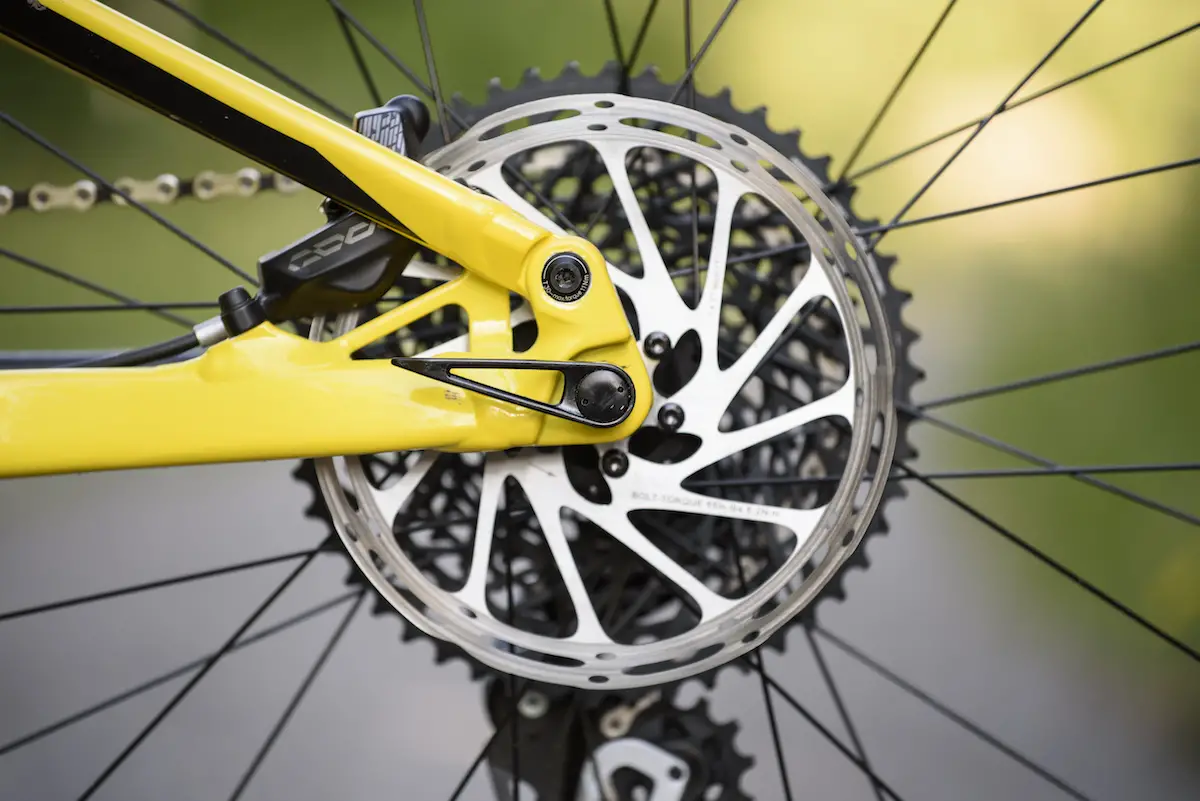
The powerful Code brakes also deserve a mention for dishing out tonnes of power that can still be modulated for low-speed control, helping to inspire loads of confidence aboard the capable One-Forty. The low range from the GX Eagle 10-50t cassette was also appreciated on the steep switchback climbs we tested the bike on, and the 1x setup also allows for the use of the Southpaw lever for the KS LEV dropper post.
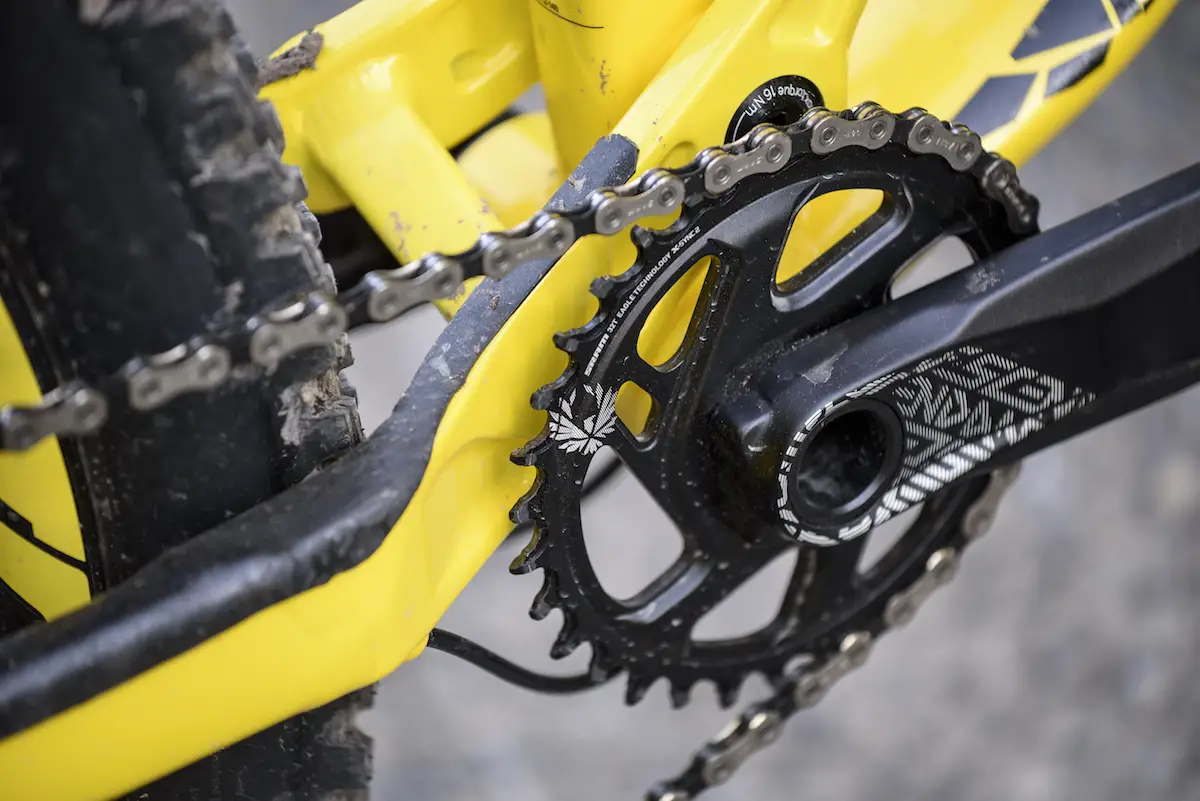
Overall
Due to the short amount of trail time we had with the new One-Forty, there’s only so much that we can conclude on its performance and durability. More time will need to be invested on local trails to see how the 140mm travel trail bike stacks up against the competition. But that said, early signs are very positive, and it’s clear that Merida has invested a lot of time and R&D into making this bike capable in a way that’s both practical and progressive at the same time.
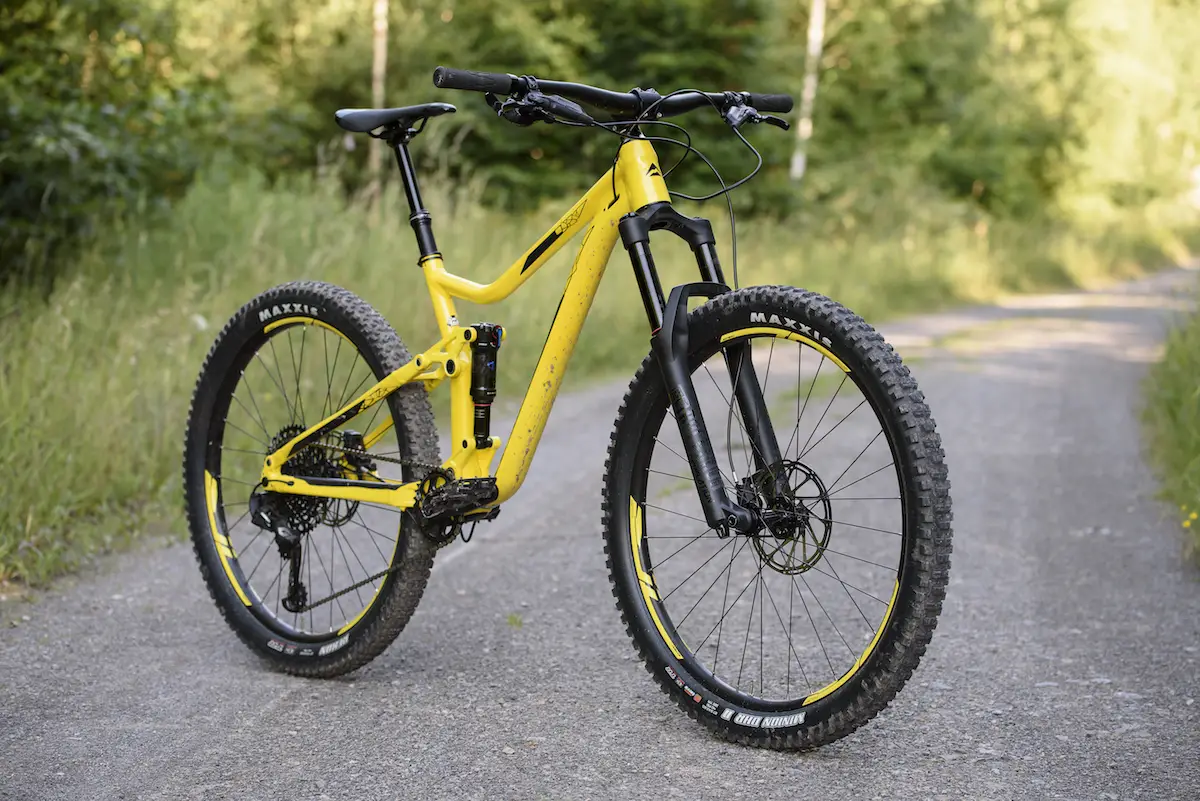
2018 Merida One-Forty 800 Specifications
- Frame // 6013 Hydroformed Alloy, 140mm Travel
- Fork // Rockshox Revelation RC, 150mm Travel
- Shock // Rockshox Deluxe RT DebonAir, Metric w/Trunnion Mount
- Hubs // Sealed Bearing Alloy, 110x15mm Front & 148x12mm Rear
- Rims // Merida Expert TR, Hookless, 29mm Internal Width, Tubeless Ready
- Tyres // Maxxis Minion DHR II 3C MaxxTerra EXO 2.6in Front & Rekon EXO 2.6in Rear
- Chainset // SRAM GX Eagle GXP 32t
- Front Mech // N/A
- Rear Mech // SRAM GX Eagle 12-Speed
- Shifters // SRAM GX Eagle 12-Speed
- Cassette // SRAM GX Eagle, 10-50t, 12-Speed
- Brakes // SRAM Code R 180mm Front & Rear
- Stem // Merida Expert 3D Forged Alloy, 45mm Long
- Bars // Merida Expert Alloy, 760mm Wide
- Grips // Merida Lock-On
- Seatpost // KS Lev Integra, 30.9mm Diameter, 125mm Travel
- Saddle // Prologo Nago Evo
- Size Tested // Medium
- Sizes available // Small, Medium, Large & X-Large
- Claimed weight // 14.45 kg (31.79 lbs)





